The London Museum has received a gift from Bloomberg Philanthropies, comprising more than 14,000 Roman artifacts discovered during the construction of Bloomberg’s European headquarters, along with a £20 million donation to support the museum’s relocation to Smithfield. This is the largest private contribution ever made to the museum and the biggest archaeological archive it has ever received.
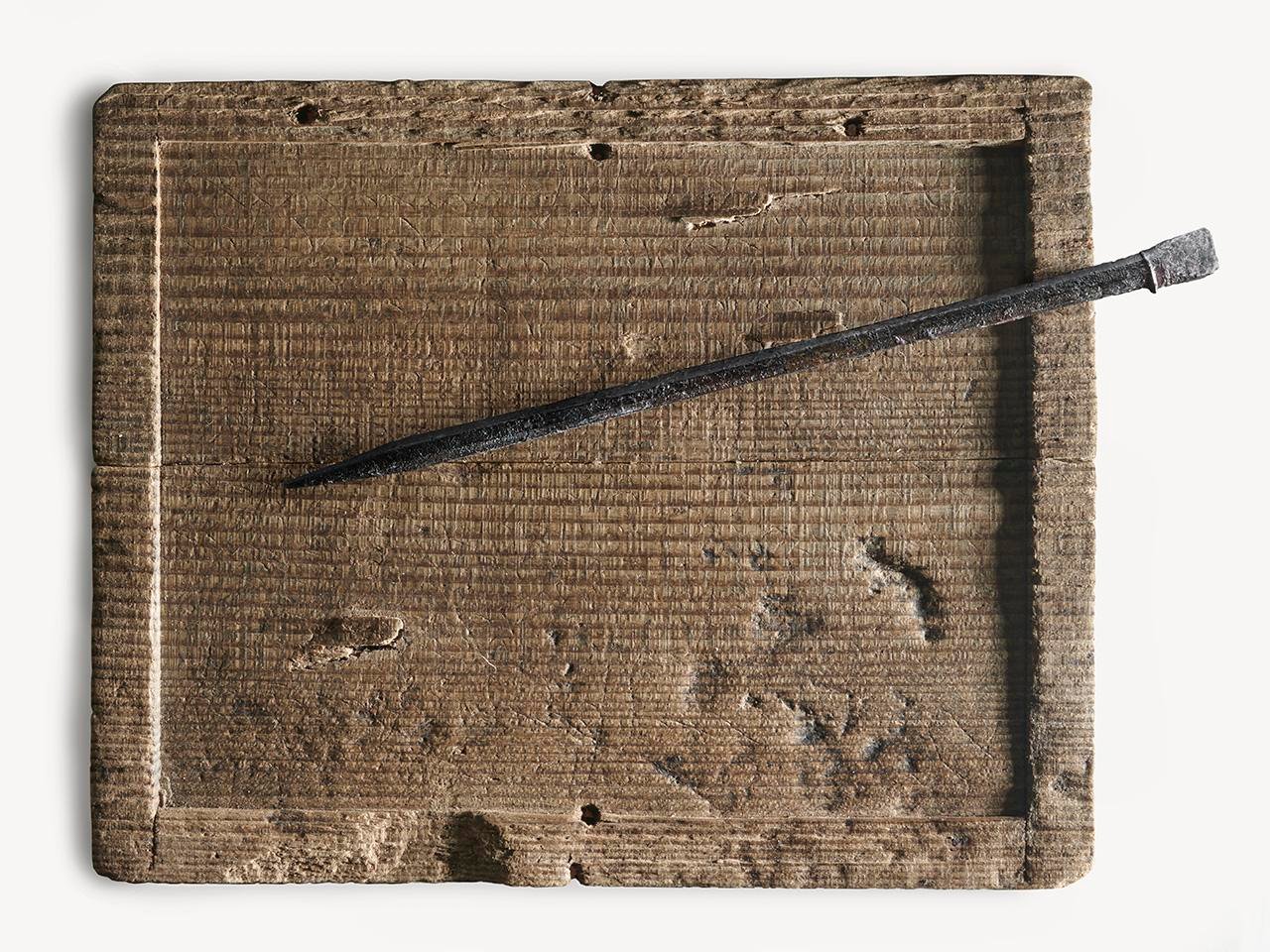 Roman wooden writing tablet and stylus. Credit: London Museum
Roman wooden writing tablet and stylus. Credit: London Museum
Between 2012 and 2014, the Museum of London Archaeology (MOLA) unearthed a large collection of Roman artifacts during the Bloomberg site excavation. The site yielded Britain’s oldest and most substantial collection of Roman writing tablets. They include a reference to London, the first written mention of the city. The dating of the excavation site is significant, as it revealed a 3rd-century CE temple dedicated to the god Mithras.
Since 2017, around 600 of these artifacts have been on display to the public free of charge at the London Mithraeum Bloomberg SPACE. But now, the entire collection will be preserved for future generations, enhanced for public use, and made ready for extensive research with this latest development. The museum intends to feature items that have never been on view before from the collection when it opens in its new location in 2026.
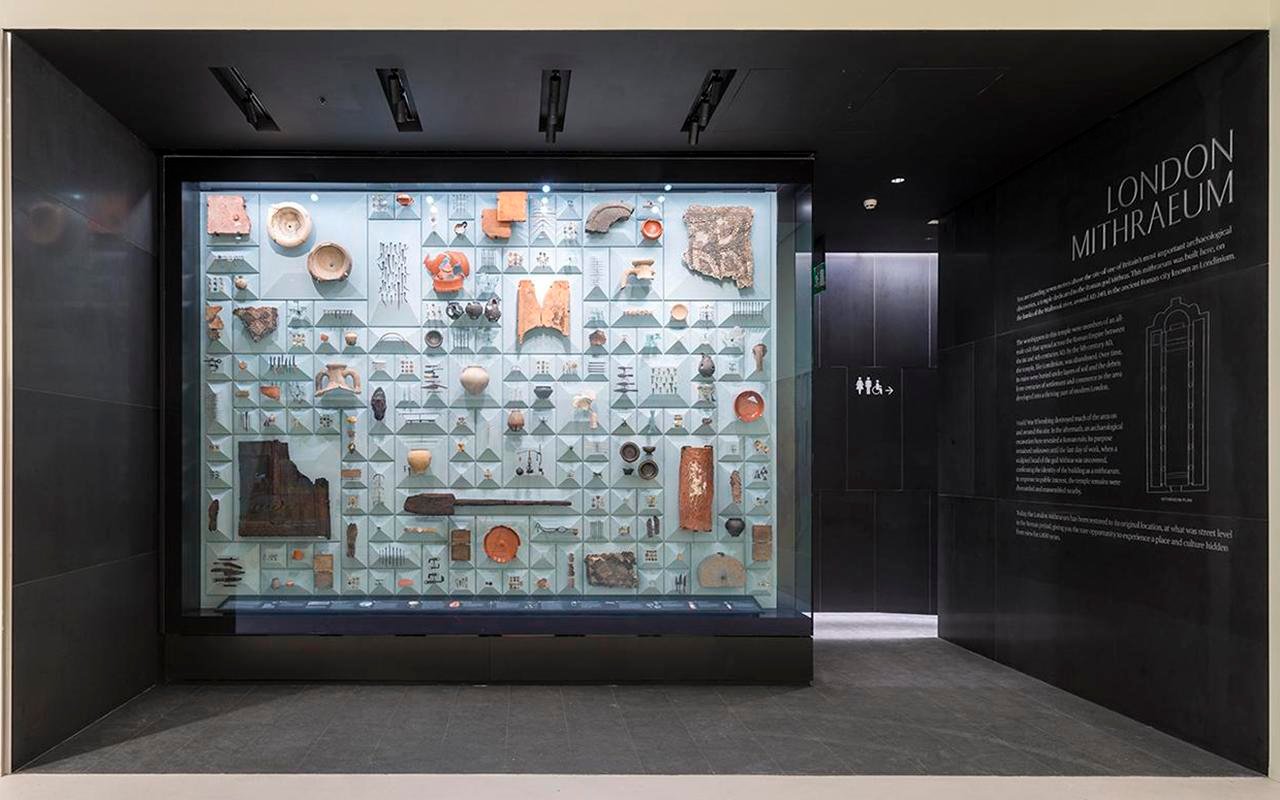 Six hundred of 14,000 Roman artifacts are displayed at London Mithraeum. Credit: James Newton
Six hundred of 14,000 Roman artifacts are displayed at London Mithraeum. Credit: James Newton
Sharon Ament, Director of the London Museum, said: “The collection, together with this generous donation, represents a momentous gift that ties the past to the future and will leave a lasting legacy for London. Working with organizations like Bloomberg allows us to preserve the city’s heritage while creating new opportunities for Londoners today.”
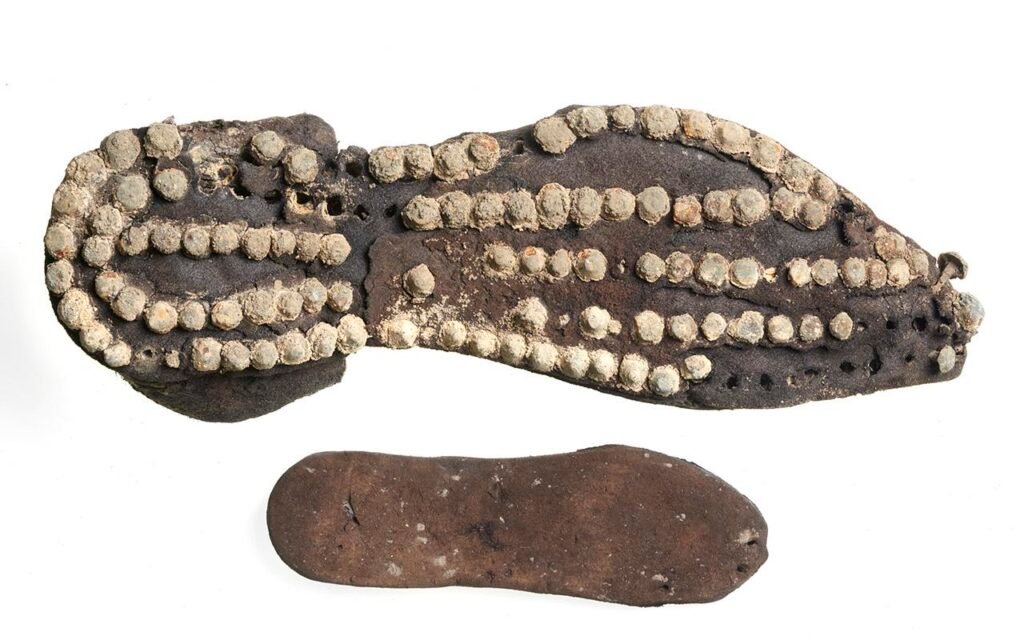 Roman leather shoes belonging to an adult and child. Credit: London Museum
Roman leather shoes belonging to an adult and child. Credit: London Museum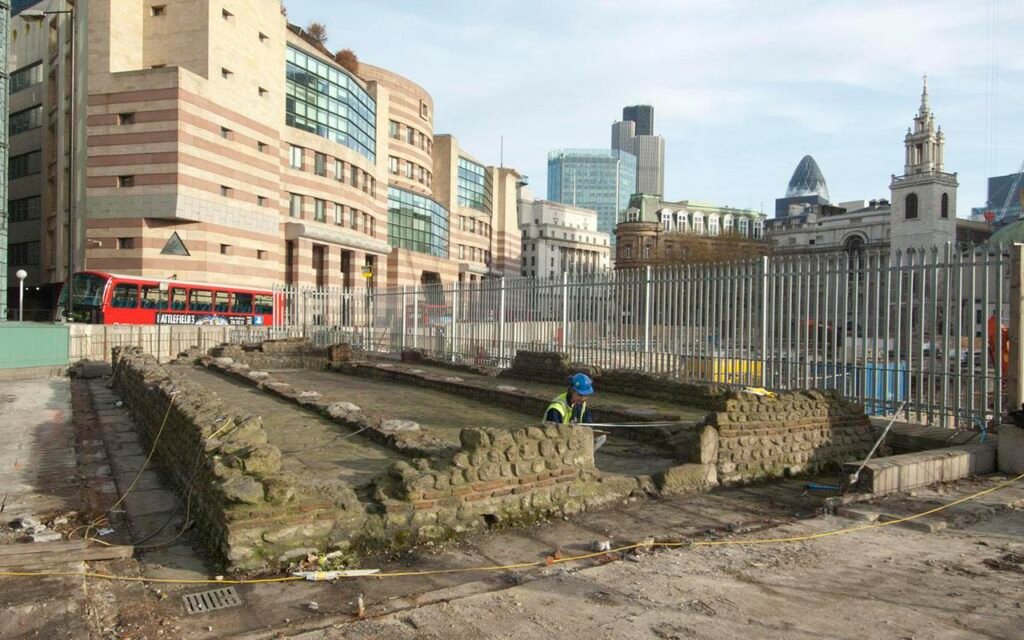 The 1962 temple of Mithras reconstruction. Credit: MOLA
The 1962 temple of Mithras reconstruction. Credit: MOLA
Michael R. Bloomberg, Founder of Bloomberg L.P. and Bloomberg Philanthropies, said: “London has an extraordinary history with so much to teach and discover. These remarkable artifacts offer a unique window into the past, connecting us directly to the voices of its ancient inhabitants. As someone who considers London my second home, I’m honored that our company will be able to help bring these stories to life while strengthening the city’s future. Investments in arts and culture bring important benefits, from driving economic growth and job creation to sparking creativity and innovation to fostering tolerance and civic pride.”
The museum’s relocation to Smithfield is part of a wider plan to turn the historic market buildings into a cultural district. The new museum is expected to attract over 2 million visitors a year. The extra gallery space will allow the public to see more of the museum’s 7-million-strong collection than ever before.
 Timber foundation beams from a Roman building. Credit: MOLA
Timber foundation beams from a Roman building. Credit: MOLA
In addition to its physical expansion, the London Museum is working with Bloomberg Philanthropies to enhance digital access to its collection. In 2023, the museum received support from Bloomberg Philanthropies’ Digital Accelerator Programme for Arts and Culture to modernize its digital infrastructure. This will allow a wider audience to explore London’s history online and engage with its cultural heritage in new and innovative ways.
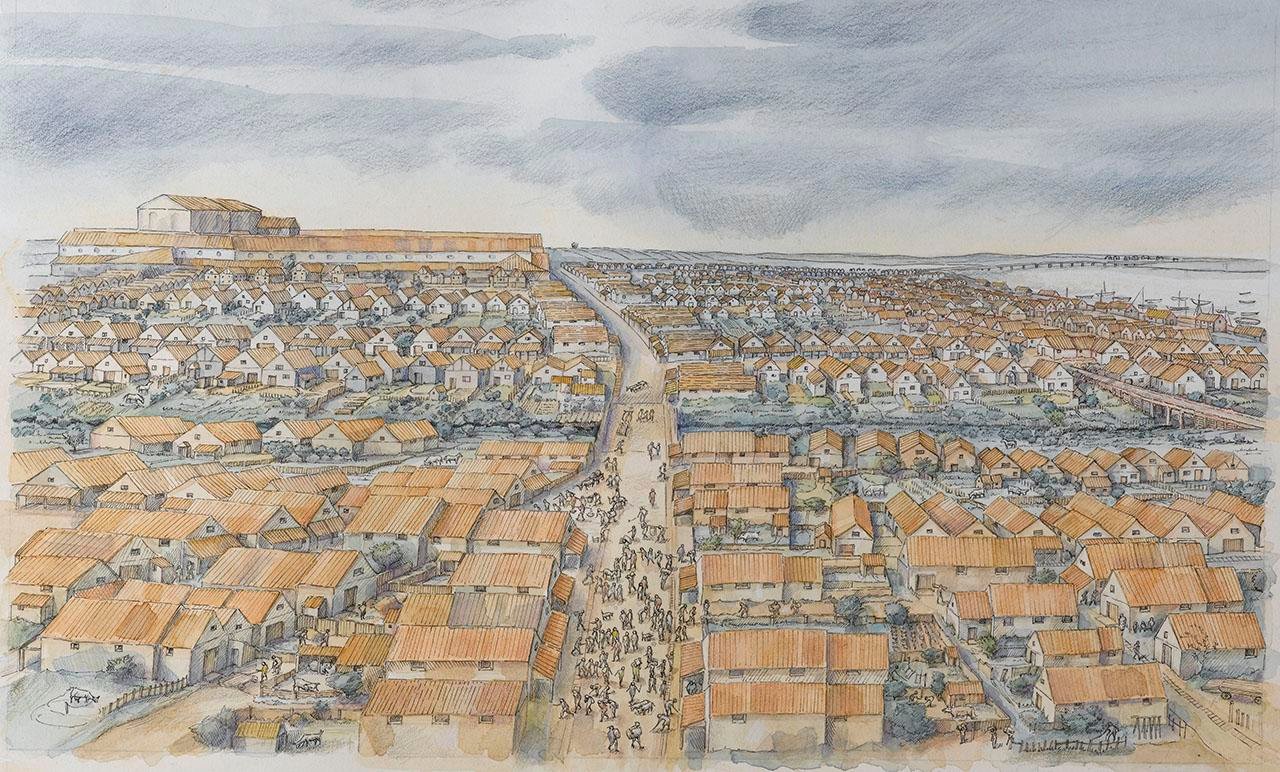 Mid-2nd century Roman London_ artist Judith Dobie. Credit: MOLA
Mid-2nd century Roman London_ artist Judith Dobie. Credit: MOLA
The museum also wants to create educational opportunities through its learning center and ultimately engage every schoolchild in London. By combining preservation with the latest digital tools, the London Museum will inspire future generations and create an insтιтution that truly belongs to the city and its people.
More information: London Museum





